Hello!
The smartphone has become an integral part of our life. Many will feel uncomfortable leaving home without him. Others do not part with gadgets even at home. Because of this, smartphones are subjected to various tests, ranging from falls to drowning. In most cases, this is fixable. And often such refurbished and refurbished devices get a second life in the secondary market, and sometimes they are sold under the guise of new ones.
How to tell one from the other and not buy a 'zombie'?

With the light hand of Alexander Noskov, who suggested the topic of this article in the comments, we will try to figure out how to distinguish a phone that was being repaired from a phone that escaped such a fate.
Considering that there can be a great many aspects and nuances, I decided to split this article into two parts. In the first part we will talk about external signs, and in the second we will discuss internal, or programmatic.
So how do you differentiate a refurbished phone by its appearance?
The first thing worth paying attention to is, of course, the body, namely the joints of various parts of the phone. Modern smartphones for the most part are assembled from several modules, among which one can distinguish a display module, a main frame, and a battery compartment cover.
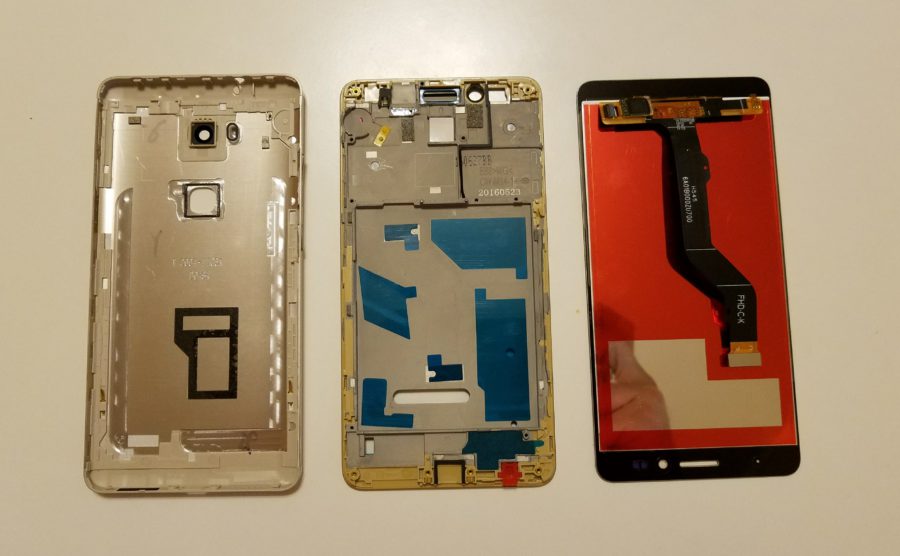
As I said, first we will examine the joints of these parts of the apparatus. Visually, there should be no jams, burrs and places where the geometry of the joint is broken. The first sign of repair is similar traces. Such traces are most often left in workshops when the phone is opened. It turns out like that if they use the wrong tool, or when they are in a hurry, or when they do their duties carelessly.
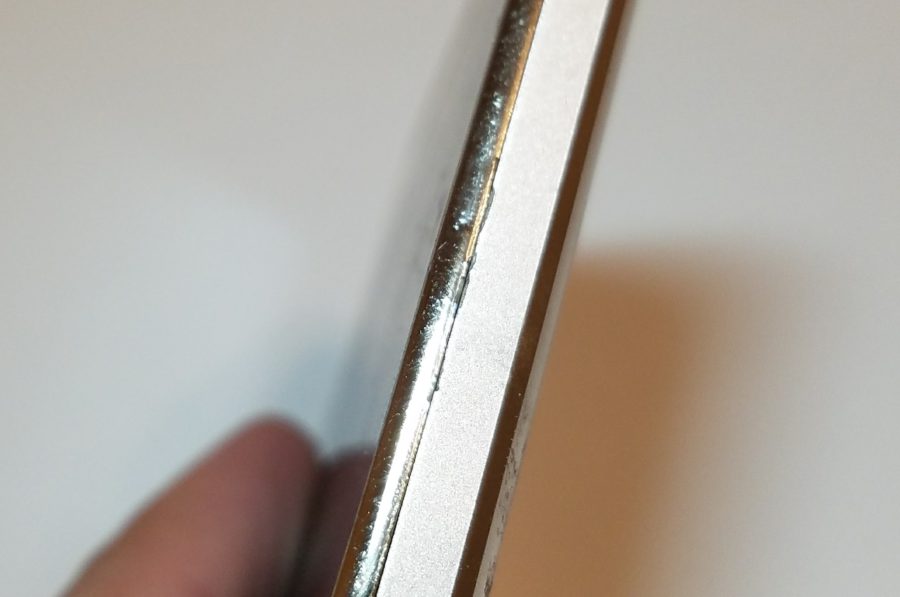
If the order is at this point, then we proceed to the next stage – the uniformity of the gaps between the display and the case. If the display has changed (and this is one of the most common reasons for repairs), then, if it is not an original part, rarely a master will glue the module as smoothly and evenly as a robot does at the factory. We carefully inspect the joints between the display and the frame or case.
The gaps should be uniform, and there should be no traces of tape, glue or other foreign materials at the joint.
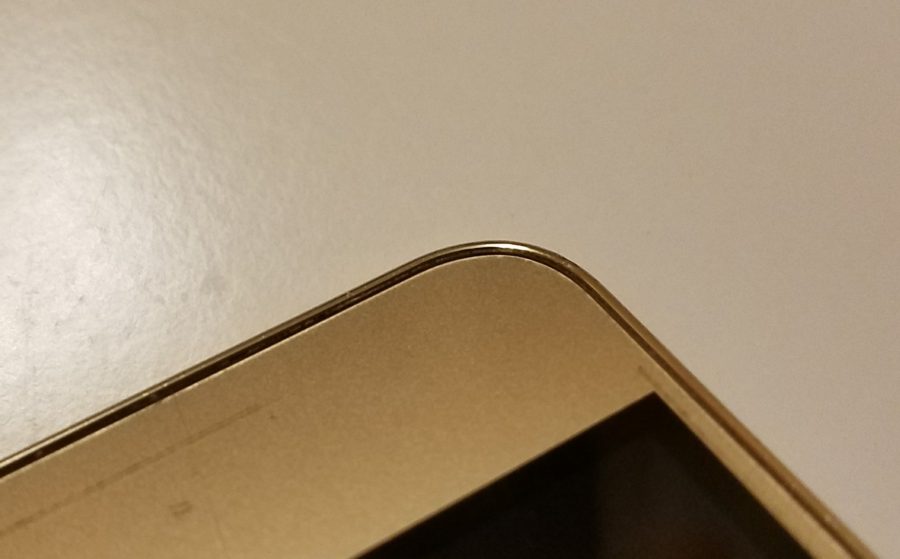
Apart from the side gaps, it makes sense to check the vertical gaps, or how evenly the display module is recessed into the frame or case.
The fact is that display modules often have different thicknesses in different parts. They can be thicker or thinner at the top than at the bottom and sides, or vice versa. This is due to the fact that a sensor layer or a lining for technological holes, cameras, etc. can be applied from the inside.
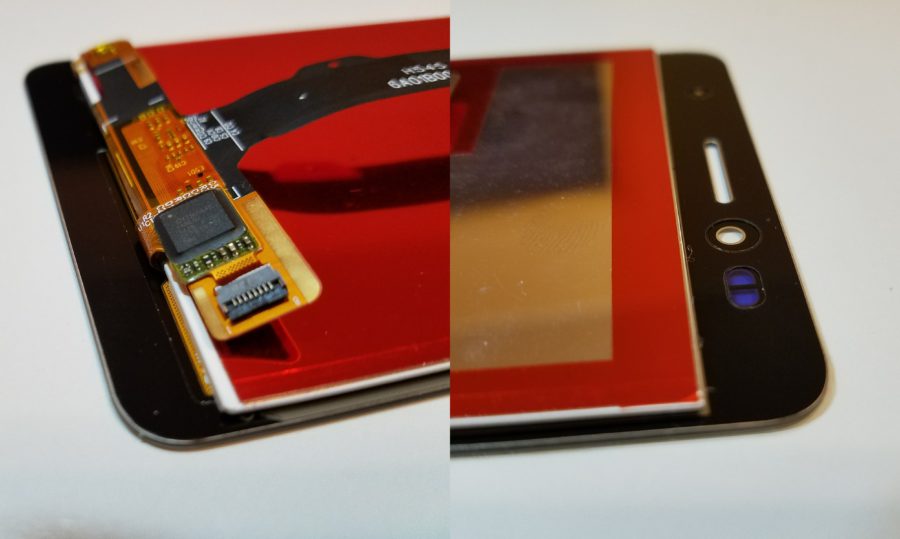
And if, in this case, the same adhesive tape is used for different parts of the module, without adjusting it to the difference in the thickness of the module, when glued, this will give a different depth to which the module will be sunk in different areas.
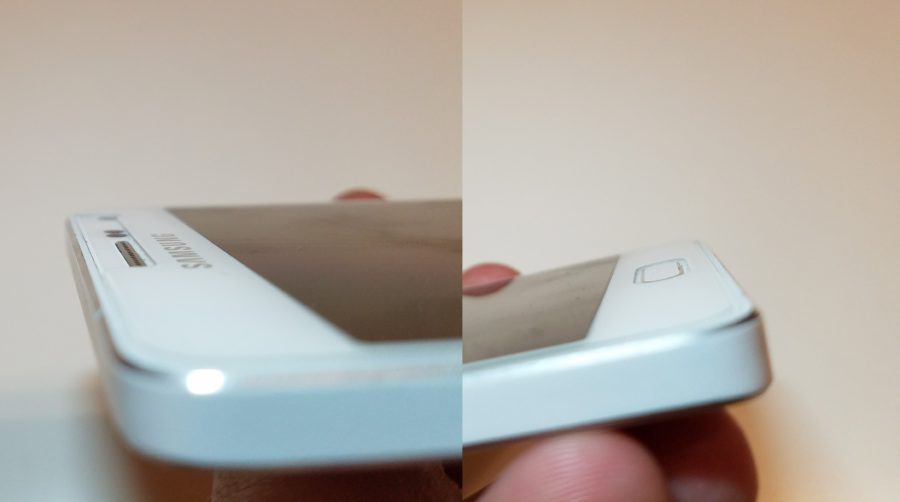
The next point, which can also catch the eye, is the difference in the color of body parts and elements. This is very common with iPhone. The most frequently replaced element is the display. Pay attention to the color of the button and the rest of the module. The original module has an even, saturated white color, which practically does not differ from the color of the Home button. When using inexpensive parts, the color difference will be striking. Most often, such parts have a grayish white color and are very different from the color of the Home button. The ideal option would be if you take a friend with the original iPhone of the same color to inspect a potential purchase. It will be possible to compare directly.
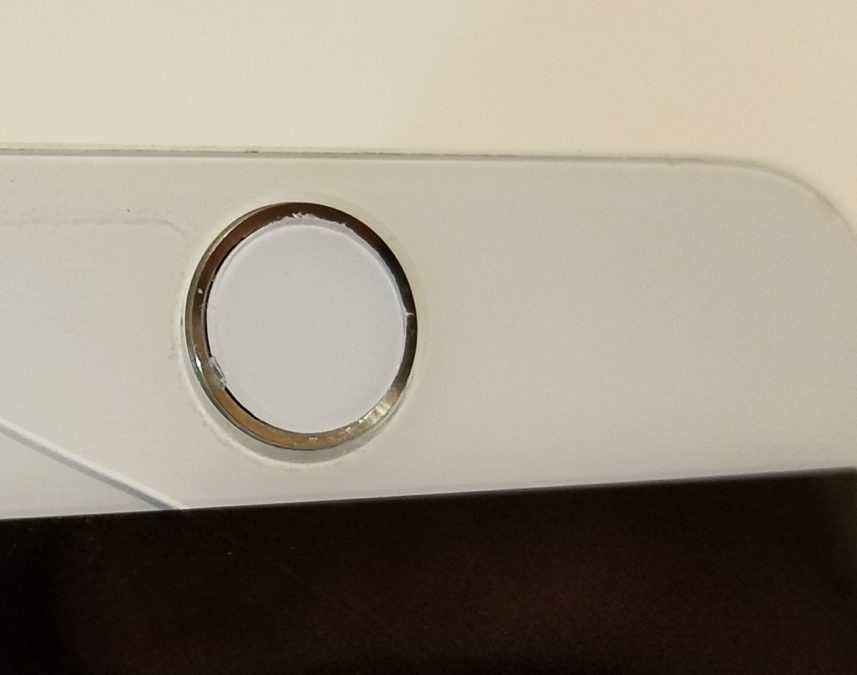
It's also very common to see cheating if you look at things like the charging jack, headset jack, and microphone. These elements are often not changed during repairs. Especially the charging connector. Its color should not differ from that set by the manufacturer. It is also difficult to clean so that it looks like new. Shine a flashlight into it, and if you see debris and dust, this is not a new phone. It so happens that the connector is also changed, and then there will be no dust and debris. But there may be a difference in color (shade). Do not be lazy, first go to the store and see how the connector should look and what color it should be. It seems to be a trifle, but this is often used by those who like to pass off a repaired phone as a new one.
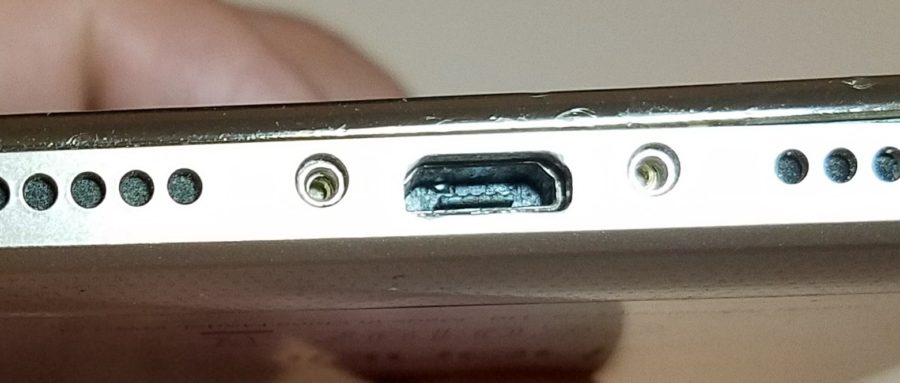
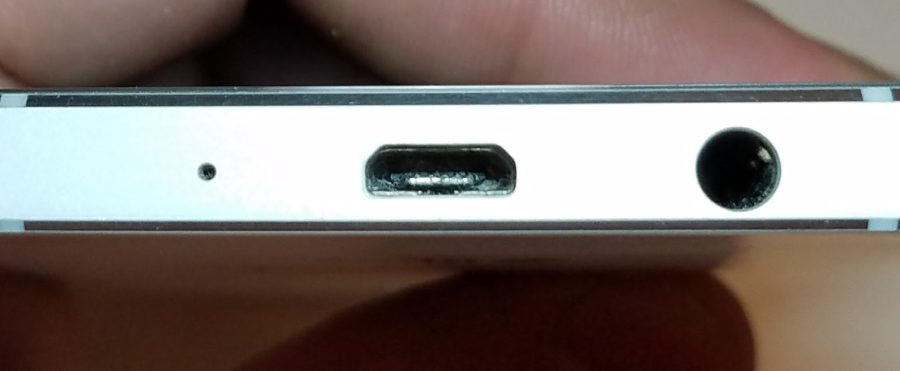
The next point worth paying attention to is the printing on the case. Look at how and in what font the name of the model and manufacturer is applied. The Chinese often have the disease of novice designers – 'play with fonts'. As a result, the elements on spare parts are displaced relative to the original or are arranged in a different order. Font size and paint color may vary. And it may also not be exactly the model that you have in your hands (do not forget about the regional models, which may have different markings). These are little things that those who restore phones and sell them under the guise of new ones rarely pay attention to.
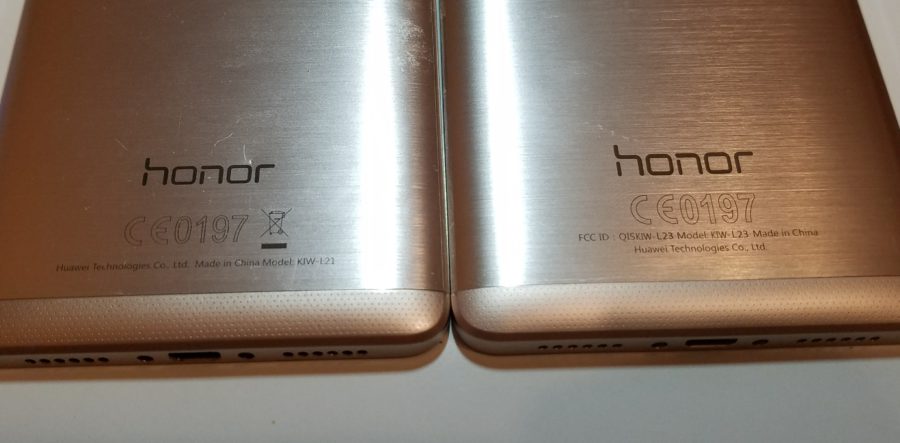
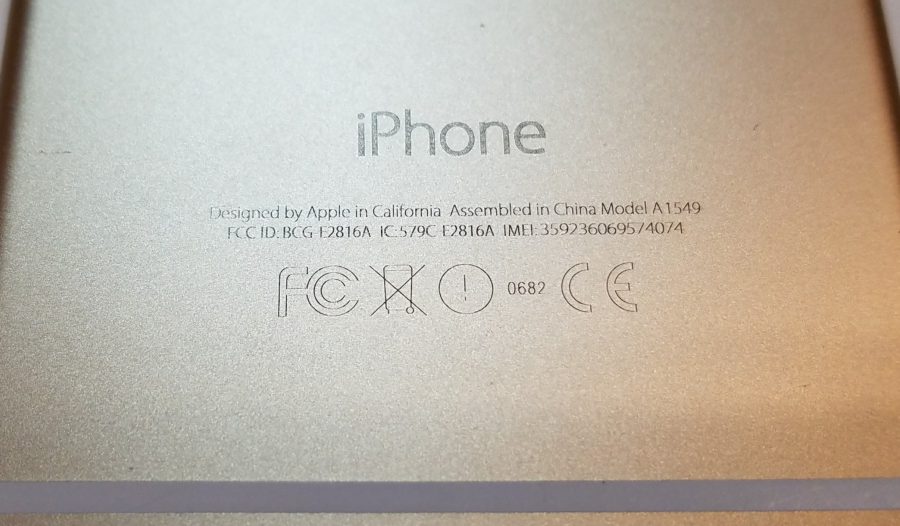
Another point requiring attention is the quality of the trays for the SIM / memory card and their color matching the color of the rest of the case. If the color of the tray differs from the color of the case, it means that something was changed, and it is better that it was a tray, not a case.
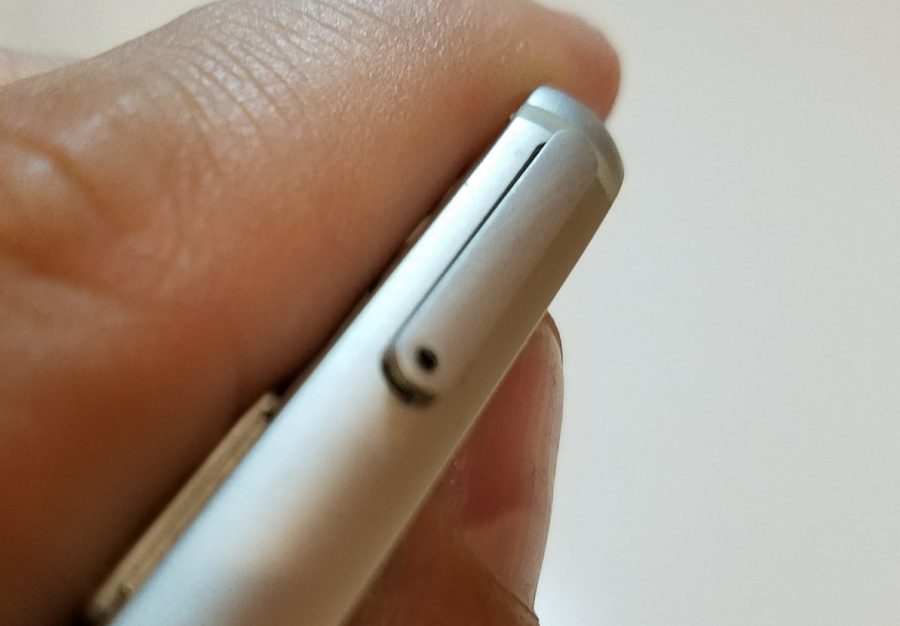
Another sign of repair can be the quality of the material from which these trays are made. It will be appropriate to check this if the color of the case and the tray match. Most often, for the manufacture of such elements, the “Chinese” use the cheapest options for materials. If aluminum, then light and soft, if plastic, it is simpler. It is striking, it is enough to hold the original SIM-card tray in your hands. A similar problem is very common with refurbished iPhone, when almost everything is changed except the motherboard.
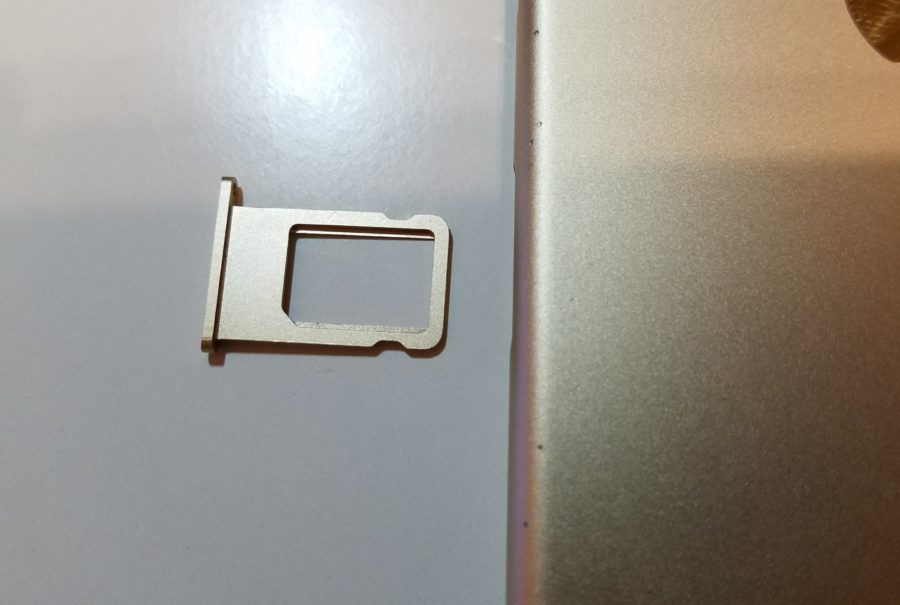
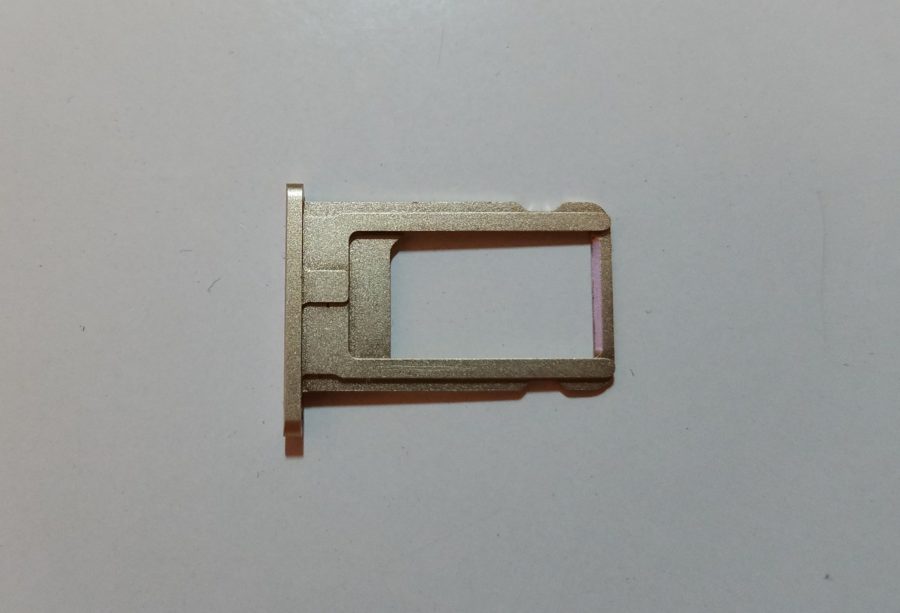
Among other things, an important point is the state of the volume buttons, power buttons, etc. Pay attention to them. They must be as new and clean as the case. Or, on the contrary, the same shabby ones if you buy a used device. Agree, the new buttons on the worn case look strange. Sometimes it is not so striking, so take a closer look.
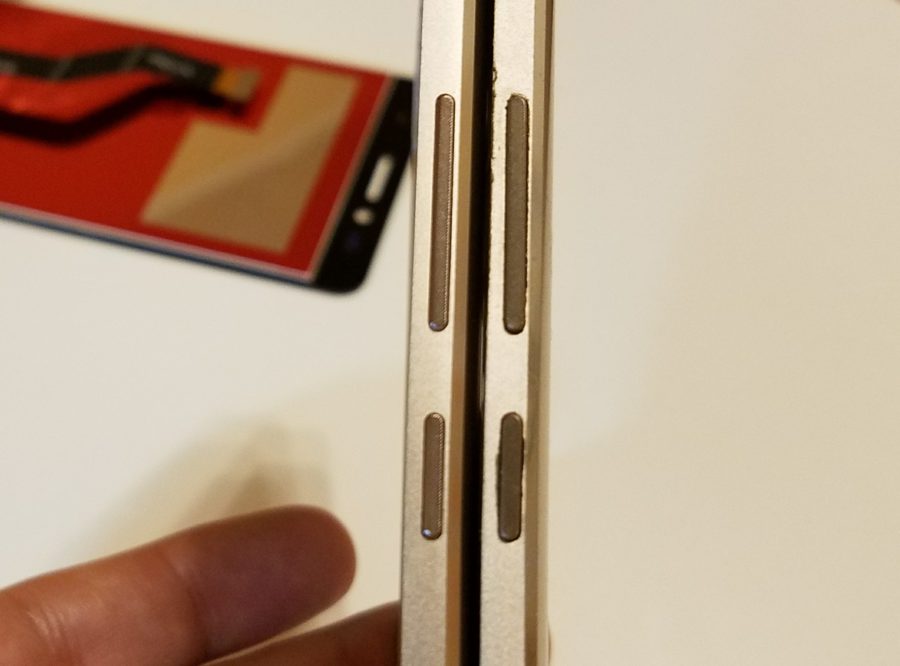
Also, if you are not completely sure, you can pay attention to the screws that secure the case.
They should be free of jams, cuts and torn surfaces. Feel free to use a magnifying glass. After all, you’re spending your money and don’t have to take the word of the first seller you come across.
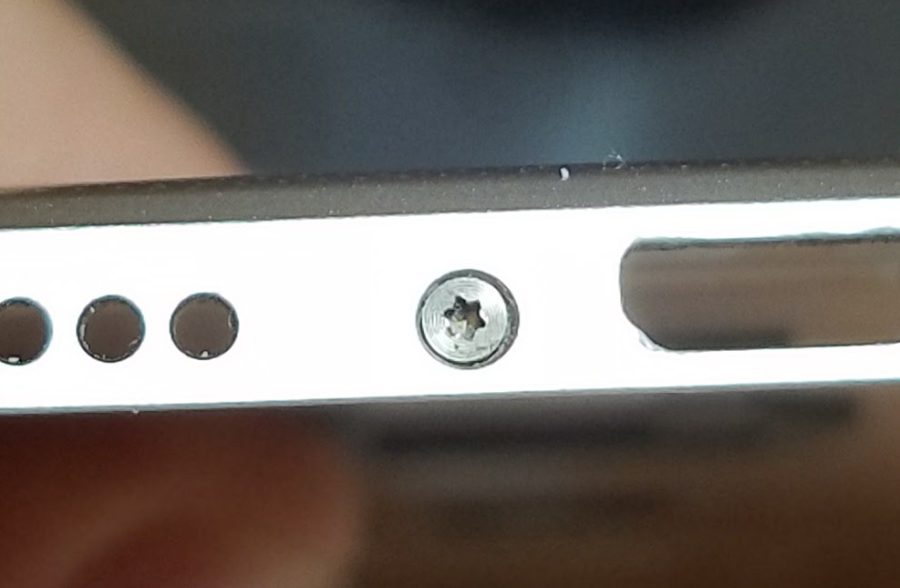
Well, the point that could be outlined the very first – the quality of the display. Once again, I strongly advise you to go to the store and see the original before buying a phone. Try to see how the display behaves from different angles, how the color rendition changes, if there is any light. Check out how black and gray are displayed – the most common problems with inexpensive matrices. Remember how your finger slides if this model has an oleophobic coating. Cheap spare parts are cheap for that, they save on them and rarely make an oleophobic coating.
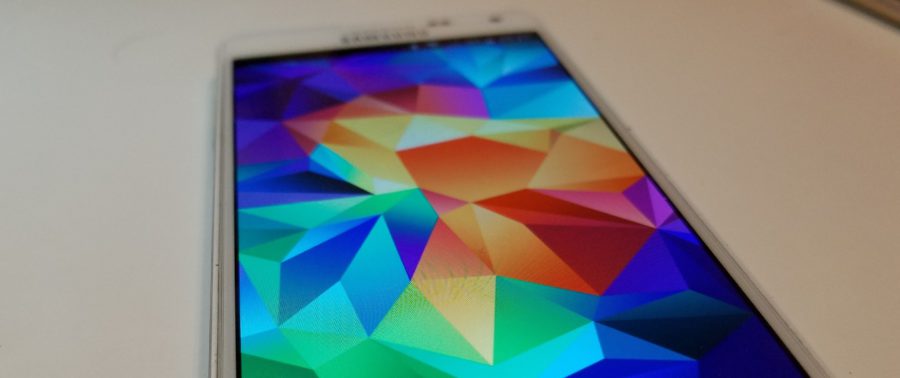
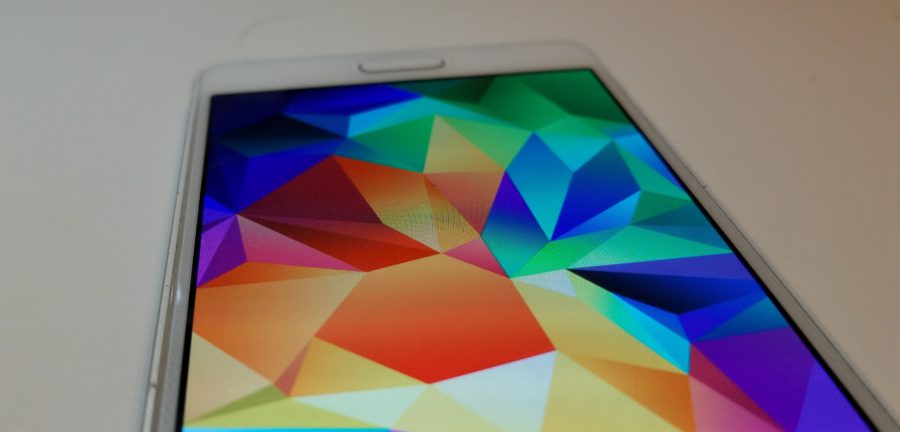
Conclusion
These are, perhaps, the main points that you can check when examining the phone before buying. I repeat, these are only external moments that can be seen with the naked eye. Usually, this list is enough to notice a repair in which the device has changed the housing elements or the display. At the same time, there is always a chance that the repair was carried out with high quality, original spare parts were used, and the master was very careful and responsible. And even worse, when these doubts arose in an authorized dealer's store. Then only an external examination will not be enough. But what to do if the external examination did not reveal any problems, but the suspicions remain, we will talk in the next part.
